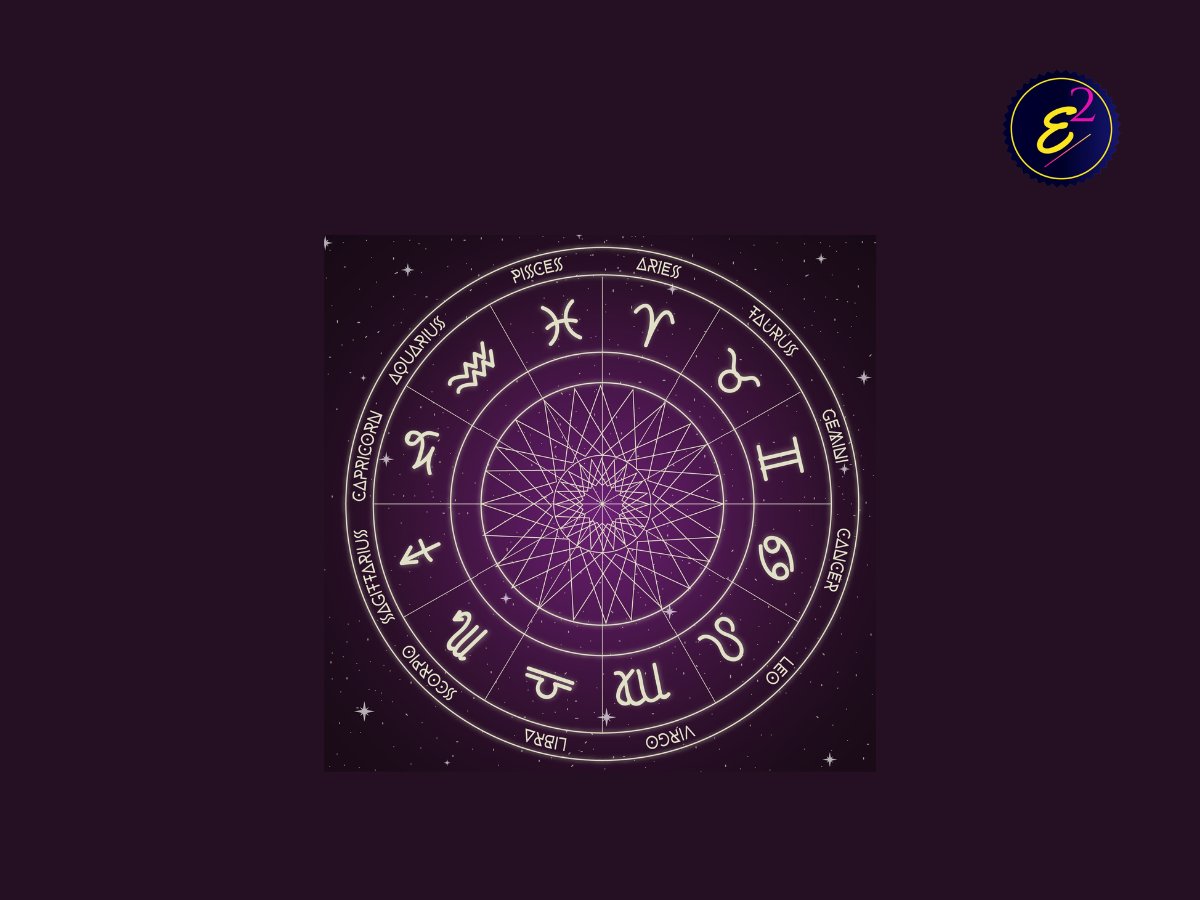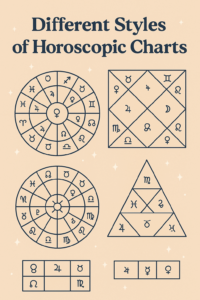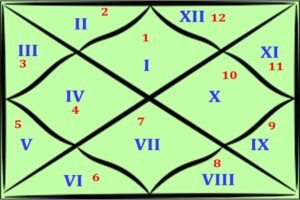Astrology is called “Jyotish” in hindi. “Jyotish“, is a Sanskrit term derived from two roots: jyoti, which means light, and Isha, which means Lord or God. Jyotish, then, literally means the Lord of light, with special reference to the Sun, Moon, stars and planets. It is a science of the study of heavenljr lights and their effects on human life. Atma boti Parama Dhanla means that atma (the soul) or pure awareness is also the light, and that one should seek to attain that light of life with the help of Jyotish. Jyotish helps to achieve the four main goals of human life: dharma (religious merit), artha (acquiring wealth), kama (worldly enjoyment) and moksha (liberation). It governs not only individual life, but global affairs as well. The study of the influence of light on every living and non-living thing is the science of Jyotish.
The word ‘astrology‘ has the same roots: ‘astro’ refers to the stars (the source of light) and ‘logos‘ science. Everything in the universe is moving and changing, and that which is moving is bound by time. Stars are luminous bodies radiating energy into space. The rays of light: then, come from the stars and planets, which are surrounded by their own magnetic and gravitational fields influencing this light. Thc Earth, thcn, receives this light. According to ancient jyotish shastra (scriptures), Saturn is the most distant planetary body influencing the Earth, and the Moon is the nearest. The Sun is considered the soul of our solar system. These light energies coming from the Sun, Moon, planets and stars all separately influence the physical, environmental, mental and spiritual status of all beings. This light also affects the dark recess of distant future.
Astrology is as old as the Vedas themselves. The Vedas, which are the sacred Hindu scriptures, embody eternal knowledge. Strict moral and spiritual practices along with a deep study are the prerequisites to understand the essence of the Vedas. To the uninitiated, the Vedas might appear as nothing more than ritualistic oblations to air, water and thunder, etc. Deep truths, however, begin to unfold to the true seeker as his search goes on. In times of yore, sincere seekers of truth and knowledge in India used to spend years and years at the feet of their ‘gurus’, learning the meanings hidden in the Vedas. In order to decipher what lies concealed in the Vedas, a study of certain subjects is considered a prerequisite. These subjects are called the ‘Vedangas’ or the body organs of the Vedas. There are six such Vedangas. They are
(i) Shiksha, which deals with an understanding of the Vedic ‘Varnas’, ‘Swaras’ and ‘Matras’, and thus with the technique of correct pronunciation.
(ii) Chhanda, dealing with the appropriate lyrical utterance of the Vedic ‘Suktas’.
(iii) Vyakarana, expounding the grammatical aspects of the language.
(iv) Nirukta, which explains the difficult words, ‘padas’ and ‘mantras’.
(v) Kalpa, dealing with the understanding of Sutras and the use of Mantras, hence concerned with the ritualistic aspect of the Vedas.
(vi) Jyotisha or astrology.
Of the body called the Vedas, astrology represents the ‘eyes’, with its capacity to ‘see’ the past, the present and the future. Astrology is considered as the most important of the Vedangas. These beings, and others like them, which have sprouted from the Vedic corpus, are often generically termed vi&as, a word which
is derived from the same root as the word veda. Every vi&a is a goddess who must be worshipped in order that you and she may develop a personal relationship so profound that she can possess you. Jyotish is the jjotir Vidya (the Lore of Light), a vidya which can be had only from jyotishis, because Jyotish is the study of all facets of the ‘lords of light’: the Sun, Moon, planets and stars.
Definition of Astrology: Astrology is a scientific study and application of the language of the heavenly bodies. These heavenly bodies, determined on the basis of astronomy and mathematics, are mapped in the form of a horoscope. Their specific locations in the horoscope indicate specific happenings in the case of
individuals, of multitudes and of geographical regions. Whether the Sun, the Moon, the planets and thestars themselves influence the terrestrial phenomena, or they only indicate such phenomena by their various dispositions, is immaterial. What is important to us is that variations in their disposition determine variations in the events on the earth; the correlations are only too strong to be brushed aside by the critics of astrology.
Sub-divisions of Astrology: There are three main sub-divisions of astrology.
(i) Samhita: This deals with collectivity or multitudes. It encompasses such varied areas as weather forecasts, agricultural produce, natural disasters, floods, famines, wars, earthquakes, cyclones, market trends, changes in government, national and international events, and virtually anything that influences the masses. The annual world predictions which are generally based either on the Hindu New Year commencing on the Chaitra Shukla Pratipada, or on the Solar Ingress into Mesha, fall under the Samhita astrology.
(ii) Siddhanta or Tantra or Ganita: This deals with the mathematical aspects of astrology. There are several treatises on Siddhanta astrology but five, among them, are considered as particularly important. They are:
(a) Surya Siddhanta
(b) Paulisha Siddhanta
(c) Romaka (or Lomasha) Siddhanta
(d) Vasishtha Siddhanta
(e) Paitamaha Siddhanta
A proficiency in these is considered as a prerequisite for a good astrologer, according to the celebrated Varahamihira.
(iii) Hora: Hora is originate from the word ‘Ahoratra’. It deals with:
(a) Individual horoscopes, or Jataka, or natal charts.
(b) Muhurta or electional astrology, which concerns itself with the election of favourable planetary dispositions to achieve specific accomplishments in day-to-day life.




